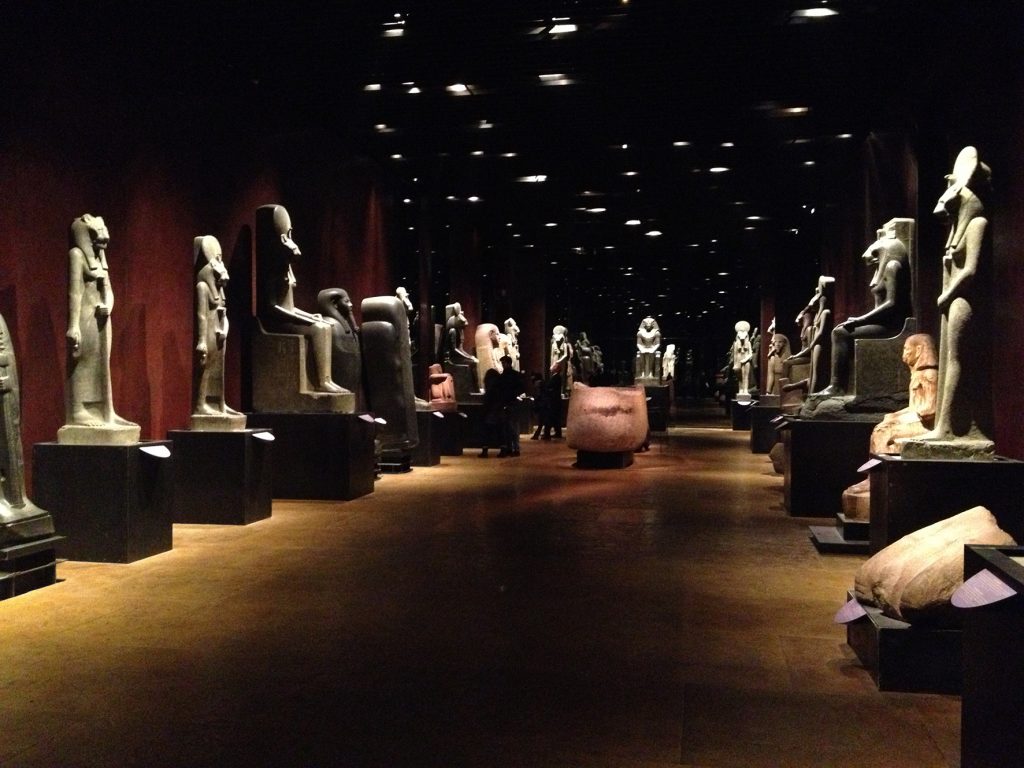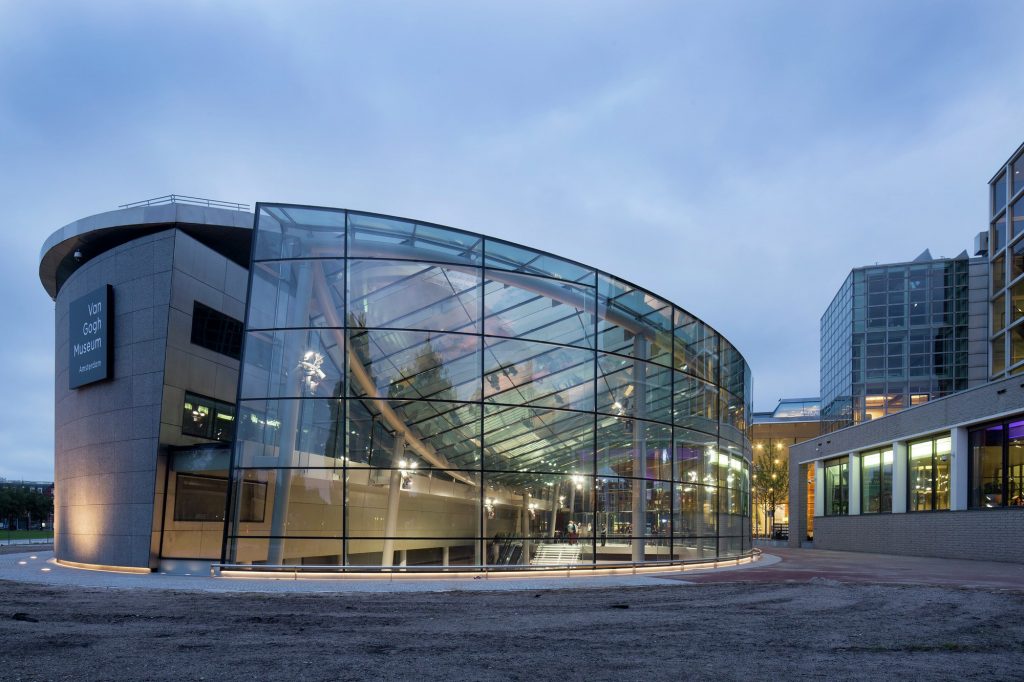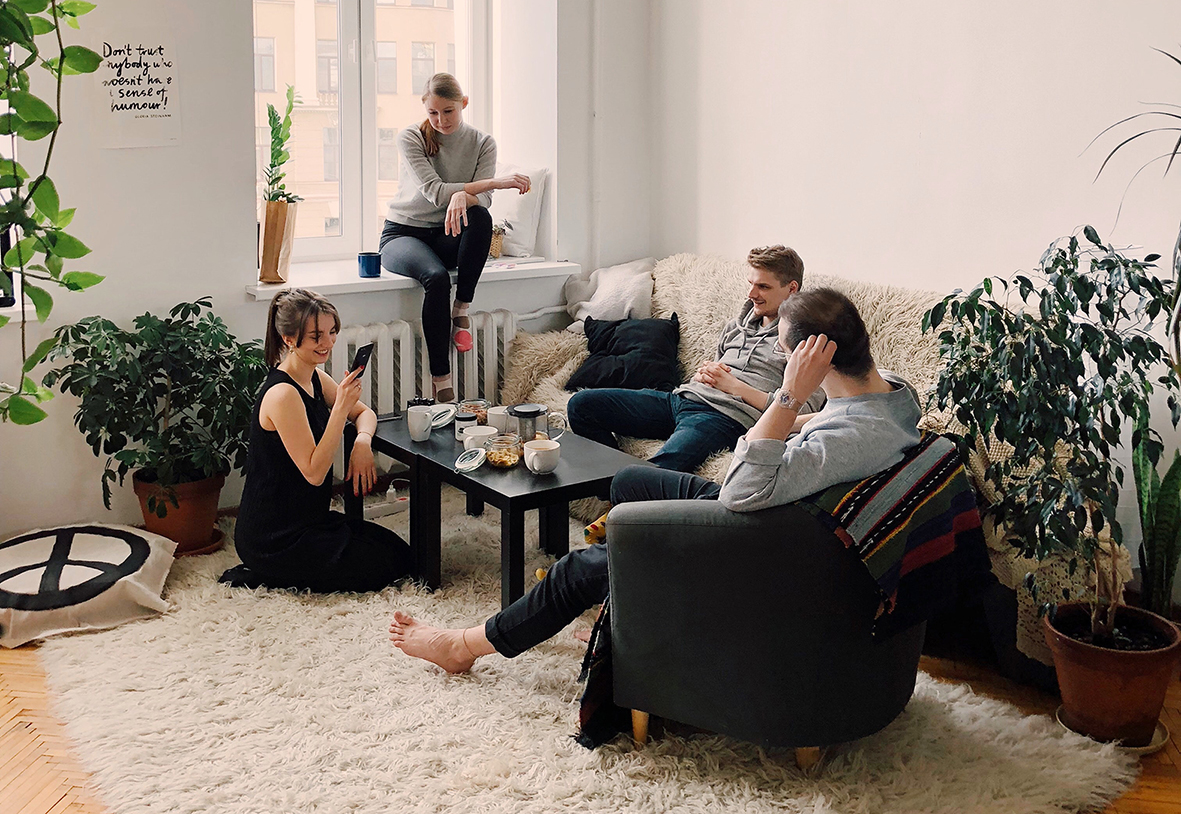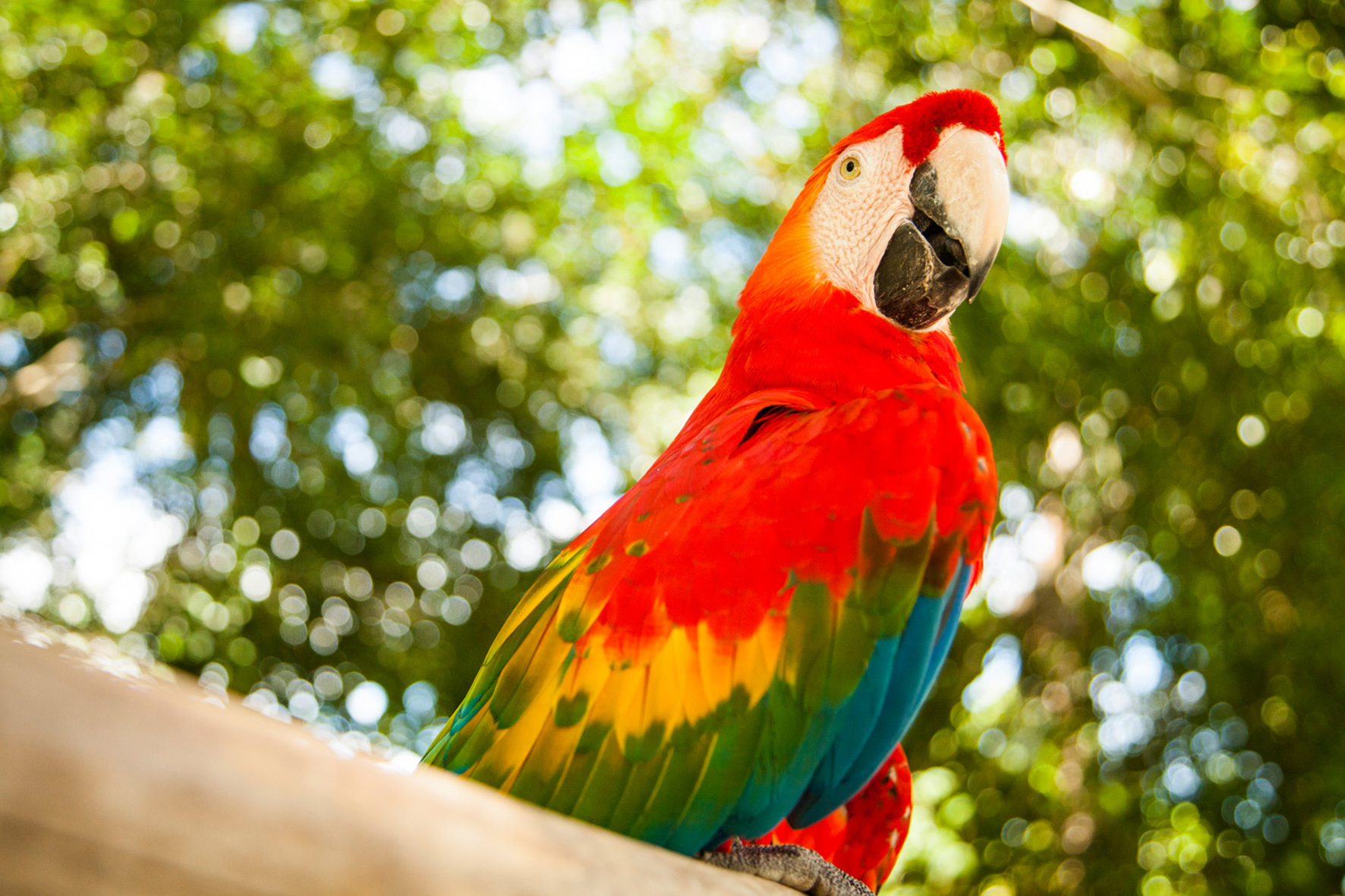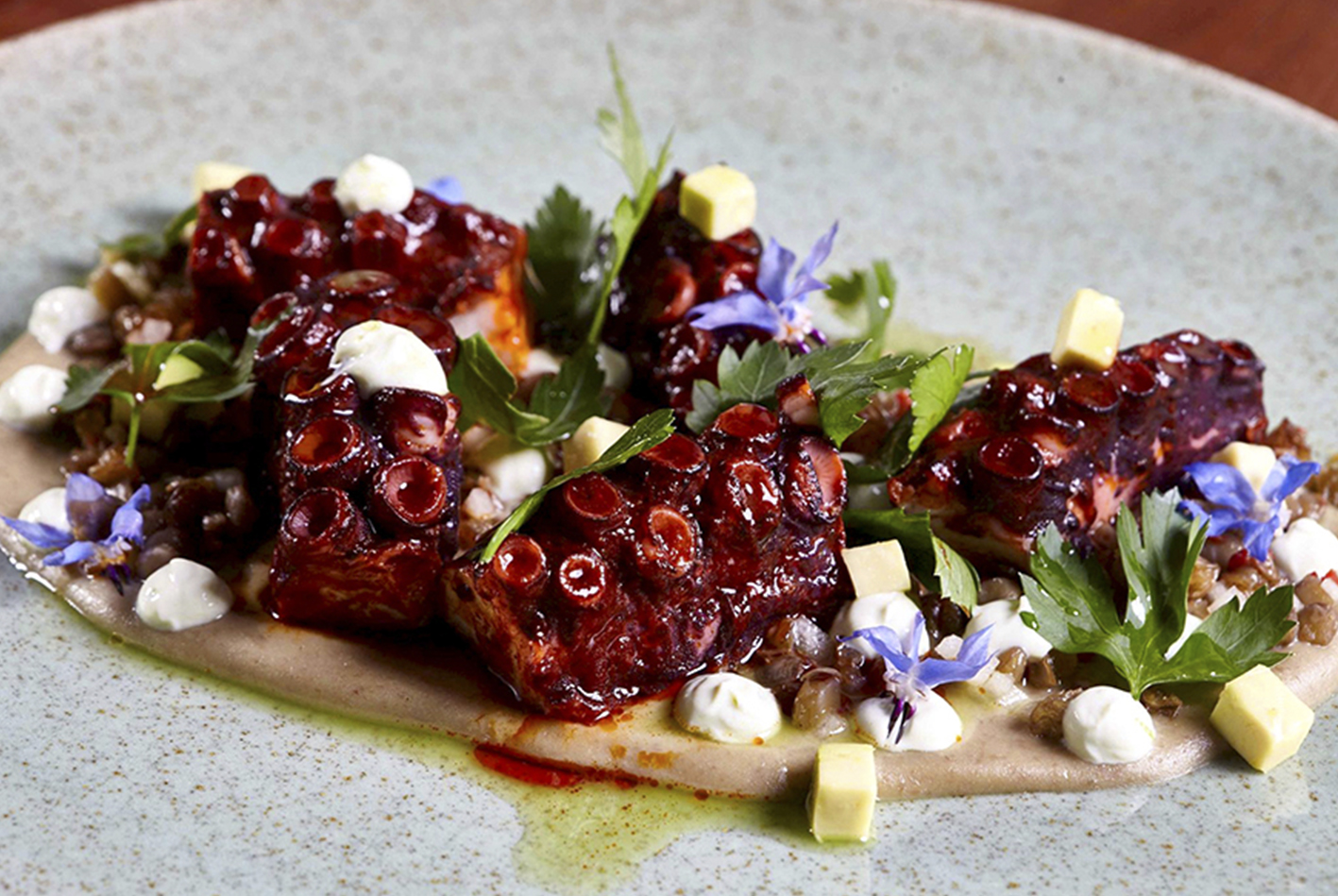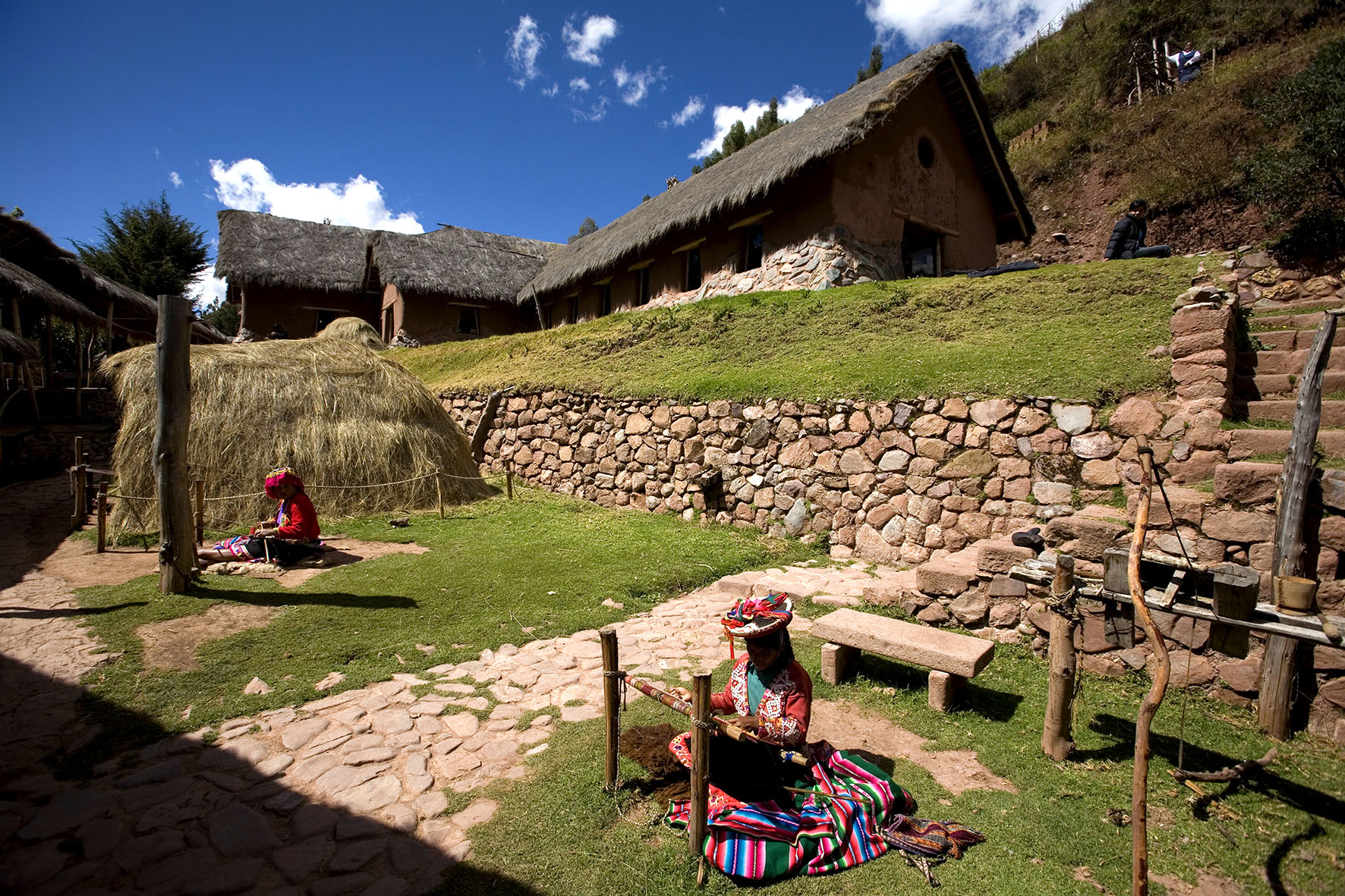Galapagos Islands are one of the best spots to visit in South America. Located 900 km away from the Ecuador’s coast in the Pacific Ocean, the Galapagos is a volcanic archipelago of 18 islands, famous for its wildlife and amazing landscapes. 
Snorkeling and Diving: get in the clean water and go snorkeling and diving as much as you can in the Galapagos. The world under the Pacific Ocean waters is amazing and full of species to discover and colorful corals. Sea turtles, sea lions, whale sharks, tiger sharks, hammerheads, reef fishes, among others are part of what you will enjoy during the immersions. You can go snorkeling everywhere in the archipelago, but some of the best spots are Floreana Island, San Cristobal Island, Isabela Island, Santa Cruz Island, Santiago Island, among others.

Birdwatching: birdwatching is one of the most popular activities you can do in Galapagos islands. Let’s keep in mind that the islands were used by Charles Darwin for his researches and species classification for his theory of evolution; the site is basically a unique place for birdwatching. You can encounter flamingos, footed boobies, frigate birds, among others species you can spot.

Wildlife spotting: a part from birdwatching, you can engage in multiple others activities in the Galapagos archipelago, such as the wildlife spotting. You can encounter marine iguanas on the beach, sea lions, penguins, tortoises, seals and finches. All these species inspired Darwin’s theory of evolution. You can engage in this activity everywhere in the Galapagos islands, since in all islands you will encounter beautiful species. However, the best spots are Isabela, Fernandina and Bartolomé Islands for penguins, Santa Cruz and Isabela islands for giant tortoises, Santa Cruz, Fernandina and Isabela Islands for land iguanas.


Hiking: in the archipelagos you can also go hiking thought exciting trails, such as the Sierra Negra Volcano trail on Isabela Island, which is located more than 1300 meters above the sea level; Playa Mann, Playa Punta Carola and Cierro Tijeretas trail on San Cristobal Island where you can enjoy stunning landscapes and do birdwatching; North Seymour Island trail where you can hike through cactus and Palo Santo trees and there you can spot many wildlife species.

For more information you can contact us at anamaria@magicalcuzcotours.com or call us (+1) 703-822-5311
Itinerary 1
Itinerary 2
Itinerary 3
Itinerary 4


















